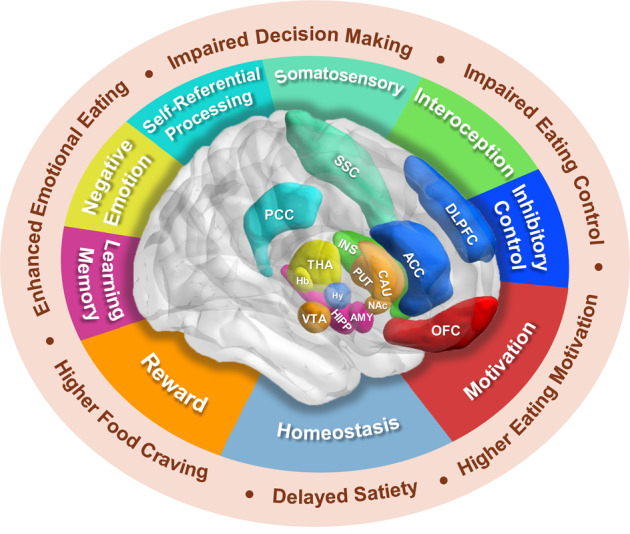Fig. 2. Obesity is associated with abnormality of fronto-mesolimbic circuitry and impaired cognitive functions.

Studies have shown associations between obesity and abnormal function in brain regions and circuitry associated with homeostasis as well as hedonic processes associated with reward/motivation, emotional reactivity and inhibitory control. Hedonic functions are processed mainly by frontal-mesolimbic regions including the frontal cortex (DLPFC, ACC, OFC), striatum (NAc, CAU, PUT), limbic regions (INS, AMY, HIPP), and THA. Homeostatic and hedonic systems primarily participate in the control of appetite and food intake regulation, and there is extensive cross-modulation between them. Imbalance or dysregulation between them may result in eating disorders. DLPFC dorsal lateral prefrontal cortex, ACC anterior cingulate cortex, OFC orbitofrontal cortex, NAc nucleus accumbens, CAU caudate, PUT putamen, INS insula, AMY amygdala, HIPP hippocampus, THA thalamus, Hy hypothalamus, VTA ventral tegmental area, Hb habenula, PCC posterior cingulate cortex, SSC somatosensory cortex.
